Enjoy this recipe for an affogato (or, “a-faux-gato” if you’re a purist) made at home utilizing brewed coffee and a unique freeze-distilling method for the concentrated coffee in place of espresso. This recipe makes the perfect summer treat, and was inspired by Umeko Motoyoshi (www.umeshiso.com).
by Rob Hoos, Director of Coffee
When it comes to coffee, there is the natural inclination (whether cultural or otherwise) to pair it with dairy and sweetener. The dairy to increase the tactile experience, and the sweetness to combat the natural and pleasant bitterness of the coffee. The ultimate expression of this is the affogato. The richness and sweetness of the ice cream paired with complexity and bitterness of the espresso. Affogatos just rock!
They are, however, very difficult to make without the use of an espresso machine as it is difficult to produce a coffee concentrate that is appropriately extracted (read: tastes appropriate and isn't overly sour or overly bitter). Enter a wonderful blogpost from Umeko Motoyoshi on freeze distilled coffee. That blog post (which you can read here) inspired me to give freeze distilling a try, and see if I could produce concentrate from the coffee leftover from my morning brew.
The general idea of freeze distilling is that when you freeze brewed coffee (hot or cold brew) the water will not thaw as quickly as the liquid with more coffee solids in it. Therefore the first part to melt will have higher % of coffee solids (read: more concentrated) and the remnants will be more dilute. Generally speaking, brewed coffee is around 1.3% coffee solids, and 98.7% water. Espresso on the other hand is around 9%+ coffee solids, and 91% or less water. I know it doesn't sound like much but it is a huge difference when it comes to flavor.
Long story short, I took my leftover brewed coffee (embarrassingly over strength... I need to be more diligent about my home brewing) that was 1.65%, froze it, and then let it partially thaw. When I tested it again, my strength was up to 4.32%. This is not quite espresso, but it was definitely strong enough to give great flavor to my ice cream. And, it was an awesome use of my morning coffee leftovers so that didn’t go to waste.
So, let's review that process! For starters, I took the leftover coffee from my regular morning brew and put it in an ice cube tray, and then moved it into my freezer. After a number of hours, the coffee had hardened and I was ready to thaw it once again to extract the coffee concentrate. In their post, Umeko Motoyoshi recommends a longer thawing time in the fridge. Because I am impatient for affogatos, instead I just left it out on the kitchen counter and kept checking on it. I placed the frozen coffee cubes in a brew basket (important: no filter! - you just want a funnel) and set it over a jar for the thawing process. As the solids leave the ice, the cubes become more pale and transparent. Once you have enough liquid in the basin, and the liquid looks dark enough (it will become less dark and murky as time passes), pull the remaining ice-cubes out and set them aside. Pour the dark, concentrated cold coffee over your ice cream, and enjoy.



If you want to be extra diligent to not waste, those partially drained coffee ice cubes can go back into the freezer and you can put that in the next cold coffee you drink. It won't dilute it as much as plain water because there are still some coffee solids there.
Anyway, try it out! See what you think! And enjoy drinking coffee all year long!
The Quick Version: Freeze Distilled Affogato Recipe
Brew a batch of coffee, or use the leftovers from another brew (hot or cold brew works!) and freeze the liquid in an ice cube tray.
Once the coffee ice cubes are formed, pull them out and put them in a pourover device or brewing basket (without a filter), and place the device over a jar or decanter.
Let the cubes thaw —but not completely — to the point where there are still ice cubes left in the basket. This ice will look rough and pale in color, and the coffee extraction in your jar will be darker and more concentrated than your standard brew. Note: We recommend extending this process in the refrigerator, mainly because this will help you to not forget about the cubes and let them thaw completely, which is not what we’re going for.
Remove the basket of cubes, then pour the dark coffee liquid (your coffee concentrate and stand-in for espresso) that you have in the jar over your choice of ice cream. Enjoy!

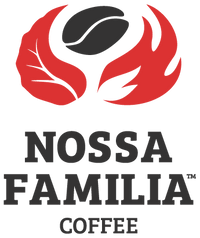

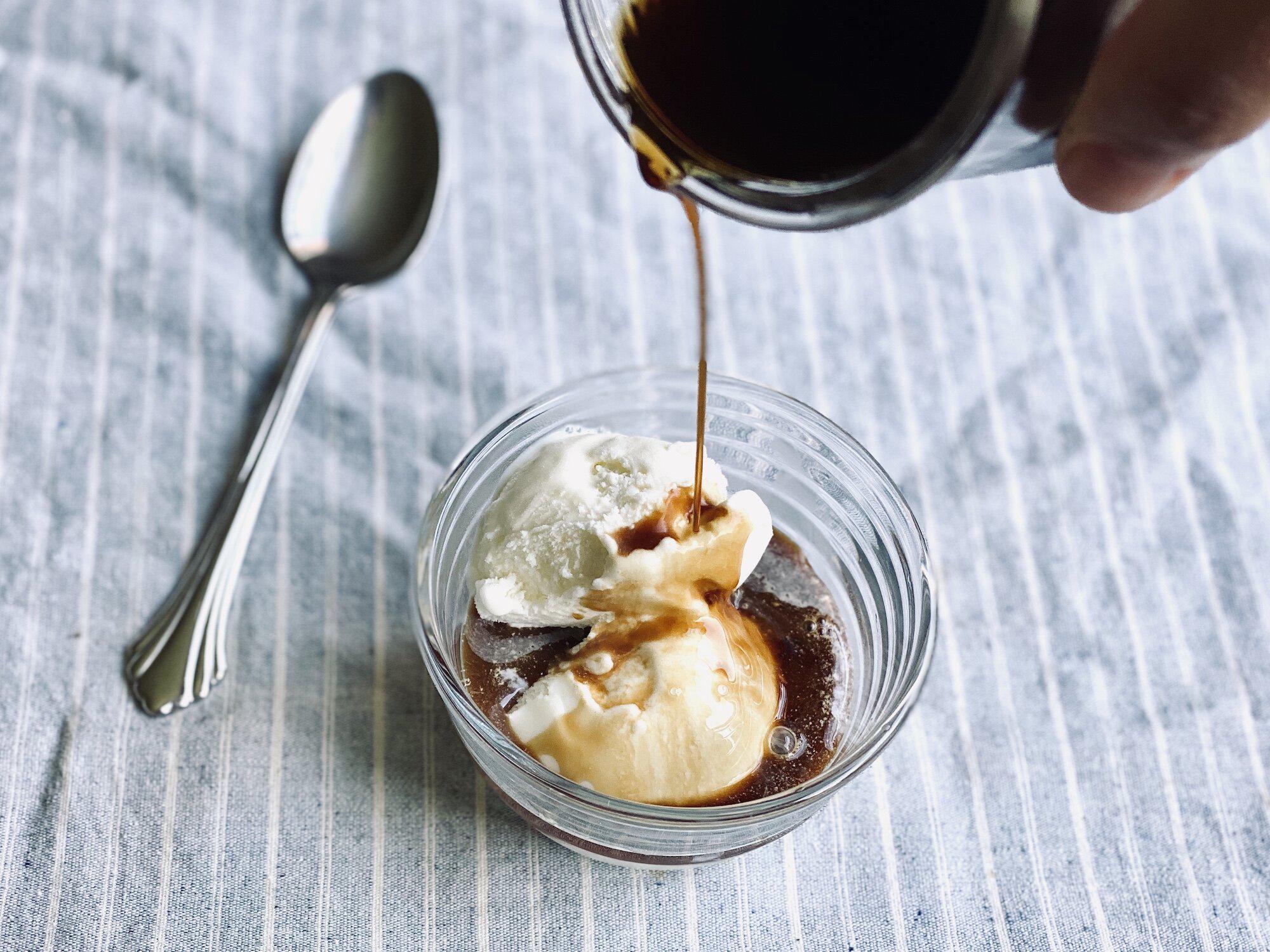
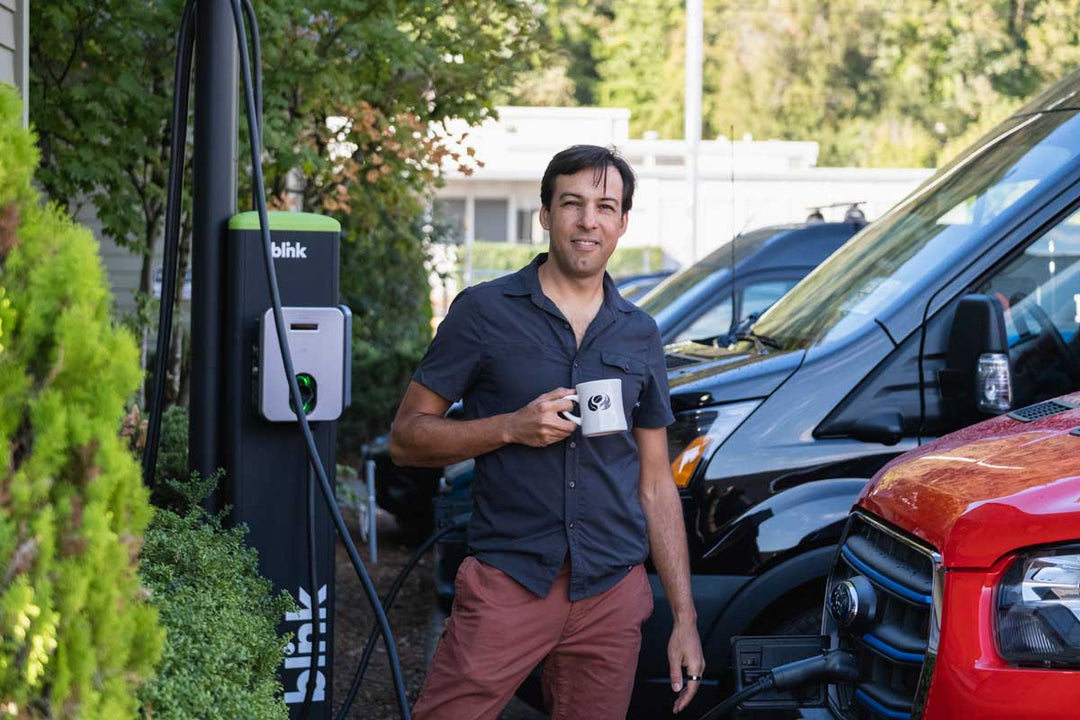
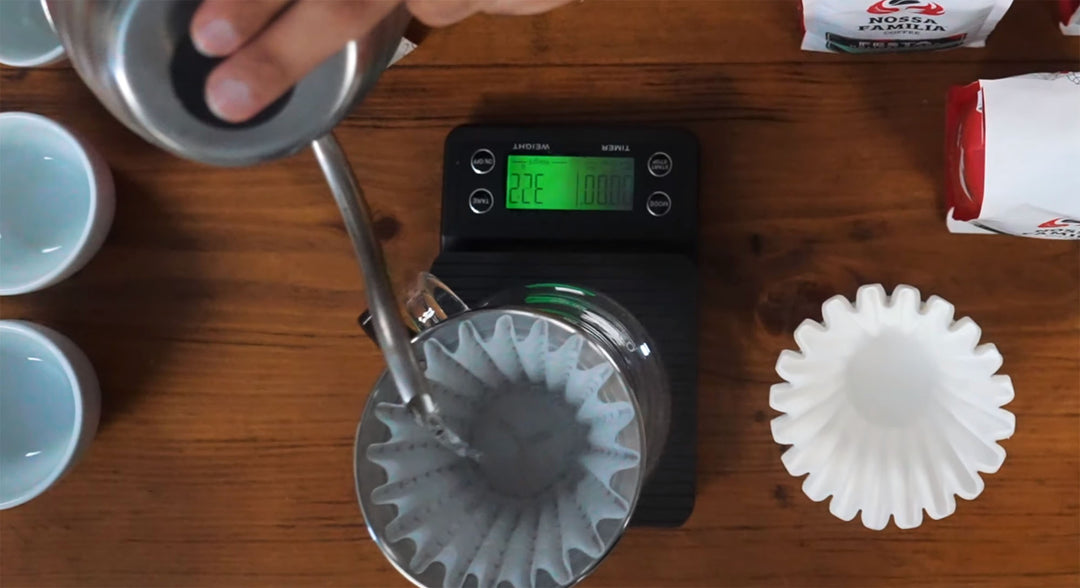
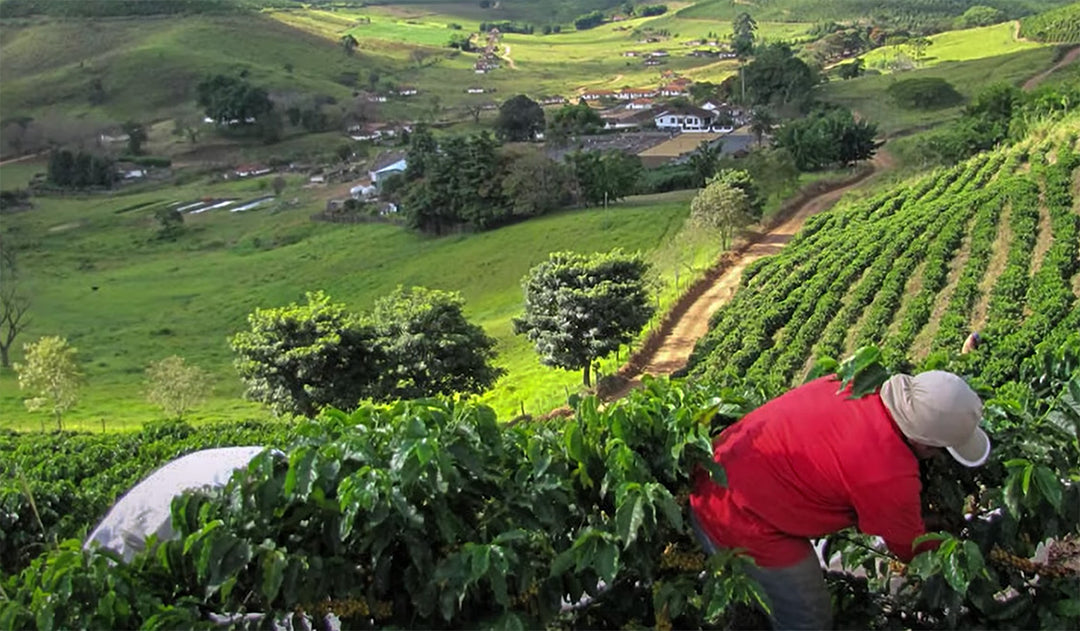
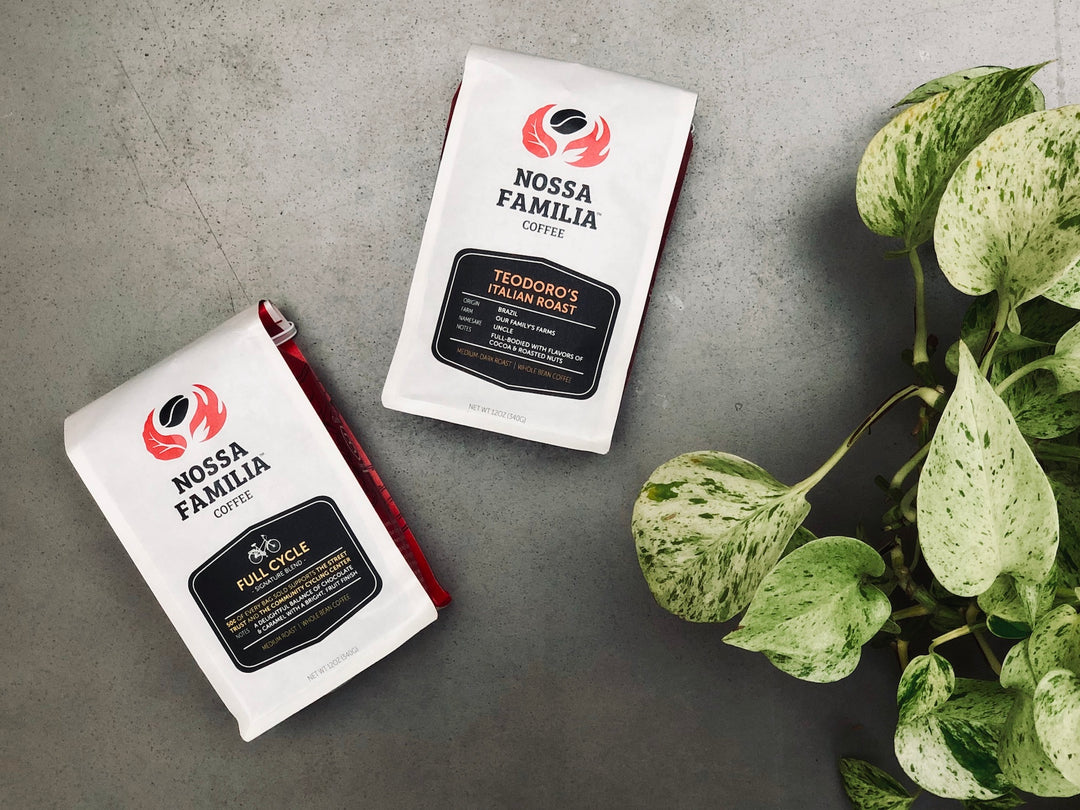
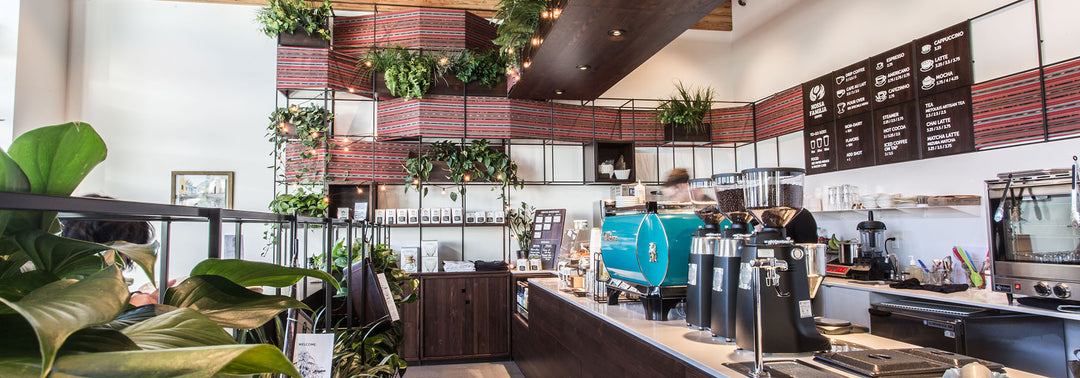
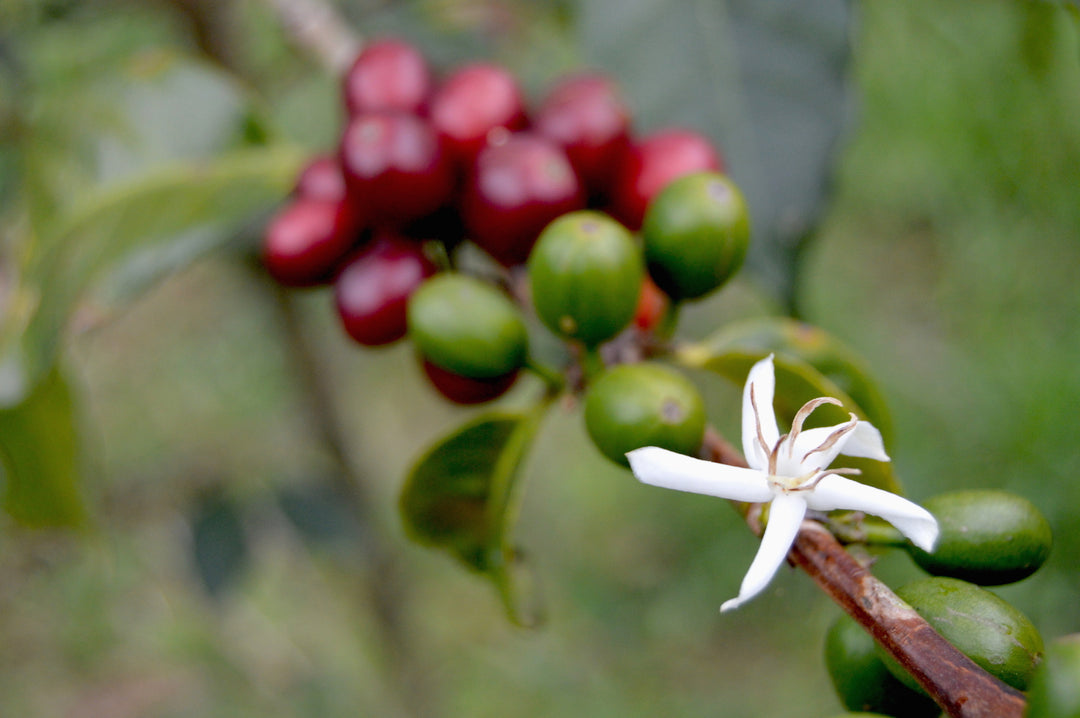

Leave a comment